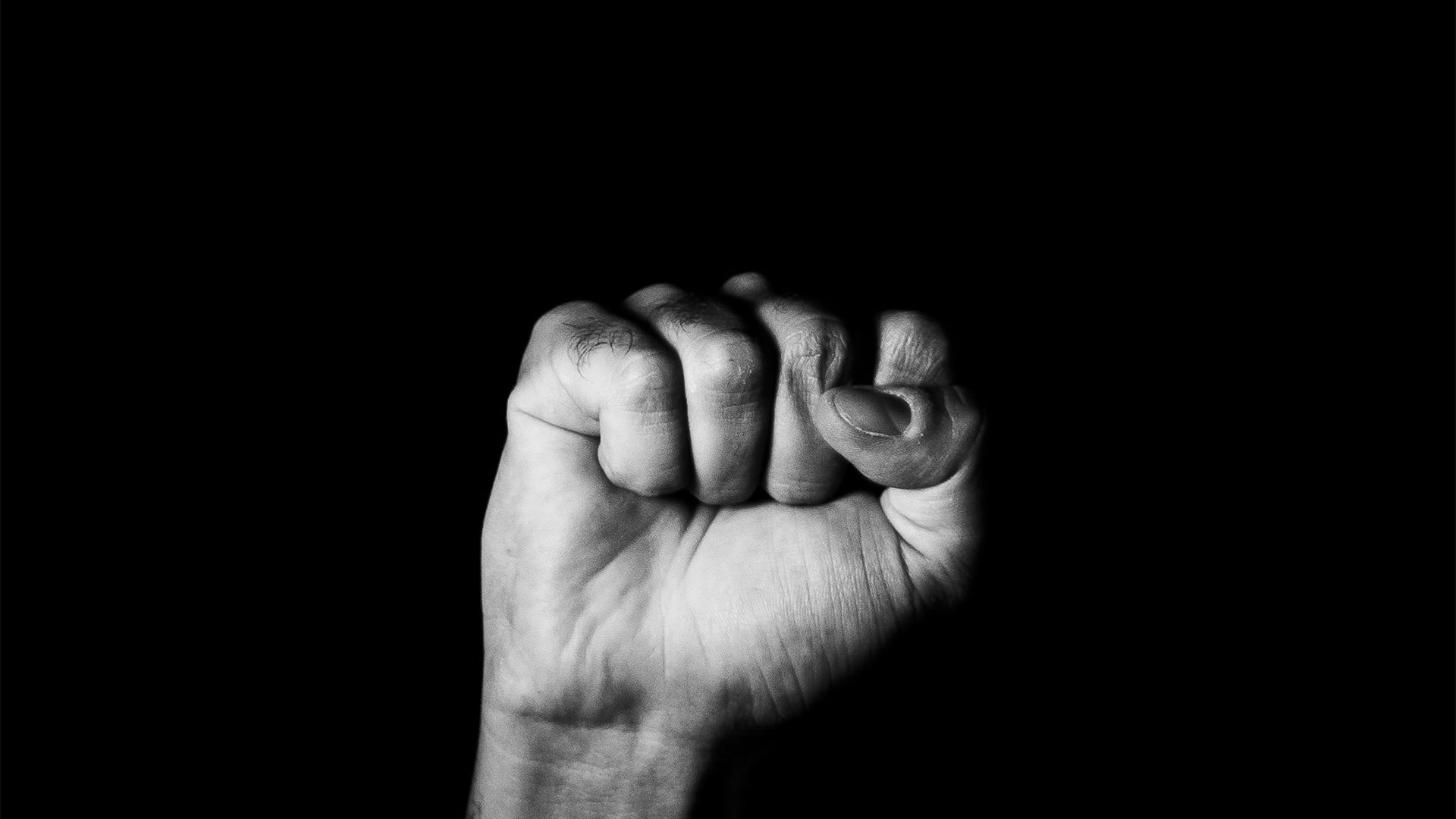This Sunday, June 19, Americans will observe the nation’s youngest federal holiday—Juneteenth. Here are nine things you should know about “America’s Second Independence Day.”
1. Juneteenth is the oldest nationally celebrated commemoration of the ending of slavery.
The observance has been called by various names—African American Freedom Day, Jubilee Day, Second Independence Day, Emancipation Day. The term “Juneteenth,” a portmanteau of “June” and “Nineteenth,” first began to become popular around 1903.
2. The Emancipation Proclamation didn’t end slavery or free all slaves in the U.S.
Almost 18 months after the Civil War began—and 930 days before the war would end—President Abraham Lincoln announced that if the rebels did not end the fighting and rejoin the Union by January 1, 1863, all slaves in the Confederate states would be free. The Preliminary Emancipation Proclamation read in part,
On the first day of January . . . all persons held as slaves within any State, or designated part of a State, the people whereof shall then be in rebellion against the United States shall be then, thenceforward, and forever free.
The proclamation only applied to states that had seceded, though, which left slavery intact in the six border states of Delaware, Maryland, Kentucky, Missouri, and West Virginia.
3. Freedom for slaves in Texas began in Galveston.
Freedom for slaves in Texas officially came on June 19, 1865. On that day, Union Major General Gordon Granger read General Order No. 3 to the people of Galveston:
The people of Texas are informed that, in accordance with a proclamation from the Executive of the United States, all slaves are free. This involves an absolute equality of personal rights and rights of property between former masters and slaves, and the connection heretofore existing between them becomes that between employer and hired labor. The freedmen are advised to remain quietly at their present homes and work for wages. They are informed that they will not be allowed to collect at military posts and that they will not be supported in idleness either there or elsewhere.
Celebrations of this order began to occur on June 19 the next year, 1866.
4. Slavery still persisted in the U.S. even after Juneteenth.
While Juneteenth celebrates the official end of slavery, the evil institution persisted in the United States for almost a half year longer. Delaware and Kentucky only abolished slavery in December 1865, after the ratification of the Thirteenth Amendment (“Neither slavery nor involuntary servitude, except as a punishment for crime whereof the party shall have been duly convicted, shall exist within the United States, or any place subject to their jurisdiction”).
5. Juneteenth celebrations spread through migration.
The observance of Juneteenth spread across the U.S. as black people from Texas migrated throughout the nation. As Isabel Wilkerson writes in The Warmth of Other Suns: The Epic Story of America’s Great Migration, “The people from Texas took Juneteenth Day to Los Angeles, Oakland, Seattle, and other places they went.” The day is also celebrated in a number of countries by individuals and organizations who want to recognize the end of slavery and to honor the culture and achievements of African Americans.
6. Juneteenth led black Americans to start public parks.
Black Americans were often forbidden from using public spaces—so some chose to start their own. As Chandra Thomas Whitfield writes, in 1872 a group of black community leaders in Texas, all former slaves, pooled together the considerable sum of $800 (almost $20,000 in today’s dollars) to purchase 10 acres of open land in Houston as the home for their Juneteenth celebration. This park, one of the oldest in Texas, was named Emancipation Park. It was the only public park and swimming pool open to black Americans in Houston until the 1950s. Other “emancipation grounds” for Juneteenth gatherings were established in what is now Booker T. Washington Park in Mexia, Texas, and Emancipation Park in Austin, Texas.
7. Segregation dampened the enthusiasm for the observance.
While some observances were retained in Texas, segregation caused the observance of Juneteenth to decline in other parts of the U.S. from the early 1900s until the 1960s. However, the Civil Rights Movement brought a renewed interest in Juneteenth. In 1968, after the assassination of Martin Luther King Jr., the civil rights leader’s Poor People’s Campaign held a Juneteenth Solidarity Day, giving the holiday a new prominence in the civil rights movement.
8. It took 114 years for Juneteenth to become a state holiday . . .
Texas became the first state to make Juneteenth an official holiday in 1979, with the first official observance in 1980. By 2008, 47 of the 50 U.S. states and the District of Columbia recognized Juneteenth as either a state holiday, a ceremonial holiday, or a day of observance. In four states it’s a paid holiday for state employees (Texas, New York, Virginia, and Washington), while it’s not recognized as a state holiday in only three states (Hawaii, North Dakota, and South Dakota).
9. . . . and 156 years to become a federal holiday.
In 2021, the Juneteenth National Independence Day Act was introduced in the U.S. Senate by Senators Edward J. Markey (D-MA), John Cornyn (R-TX), Tina Smith (D-MN), and Cory Booker (D-NJ), and cosponsored by 60 senators. This legislation amended title 5 of the United States Code to designate “Juneteenth National Independence Day” as a legal public holiday. The bill was passed in the Senate and House in mid-June and signed into law by President Biden on June 17, 2021.
